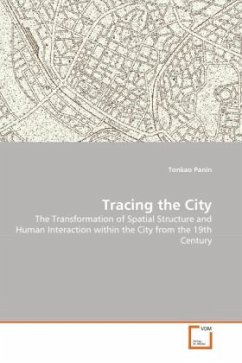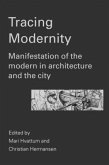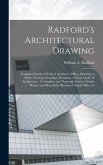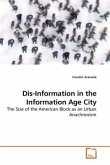The book explores the transformation of the city fabric and public spaces since the time of Industrial Revolution. Using the time frame from the late 18th century as a ground for investigation, this inquiry focuses on the visible and non-visible manifestations, i.e. upon the practical, functional, material, as well as representational and symbolic aspects of the city fabric. It inquires into the various ways we understand and relate to the spatial structure of the city, the relationship between the nature of the city fabric and public life in the city, the pretexts and criteria for the creation as well as transformation of the city fabric in different social and cultural contexts, whether symbolic or pragmatic, with a case study of Bangkok and its transformation during the 19th century.








